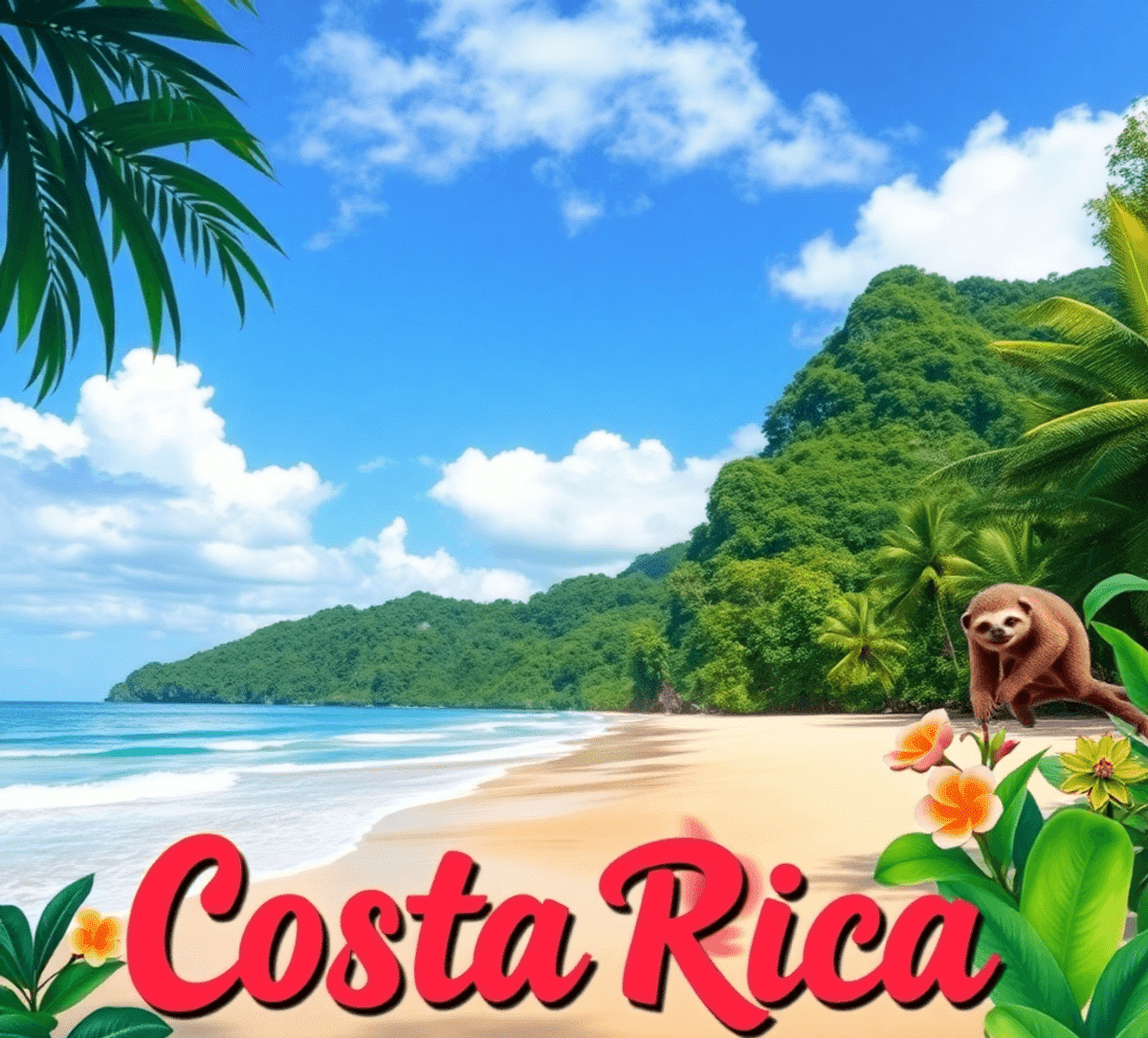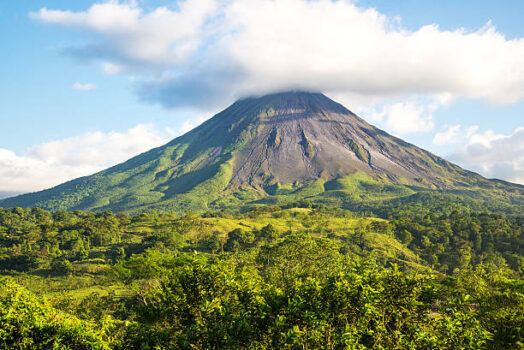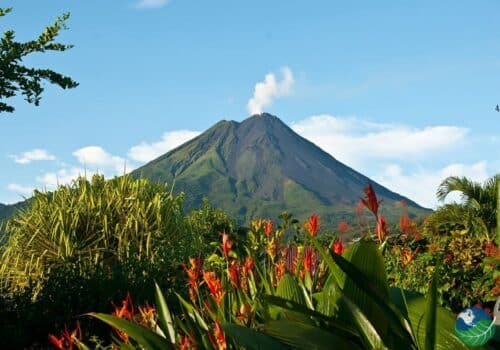A Small but Stable Country
Thanks to its stable and developed economic base, Costa Ricans enjoy a higher standard of living than other Central American countries like neighbor Nicaragua and also has a stronger growth rate in terms of social, political and economic matters. Although the Costa Rican economy is not as powerful as that of the USA or the European nations, it certainly punches above its weight and was lucky enough to recover quickly from the global financial crisis. Additionally, it is working on making its economy sustainable as well as powerful and weeding out inequality. With, for example, the abolishment of their army, Costa Rica has been able to invest into social security and education, like the almost free University of Costa Rica.
The country Costa Rica has a GDP of $71 billion, making it the 77th most powerful economy globally and the 10th most influential in Latin America. Considering it has a relatively small population, this is a fairly impressive position. When you adjust the GDP scores to take population into account, Costa Rica moves up to 75th place and sits just above the global average. This means that the country’s development is spread fairly evenly across the population, and that – for the most part – certain regions or sectors of the population have not been left behind. Despite this, around 25 percent of the population live on or below the poverty line.
Costa Rica has a fairly low level of unemployment, with just 7.9 percent of the population out of work. The working population is employed in a variety of sectors, but those working in primary and secondary roles produced $11.66 billion worth of exports in 2013. Around 30 percent of these products went to the USA, with a further 13.2 percent going to China. In the same year, the country imported goods worth $17.56 billion, with almost half coming from the USA.
 The History of Costa Rica’s Economy
The History of Costa Rica’s Economy
Like the rest of Latin America, Costa Rica started off as a Spanish colony, and its function was to produce goods to enrich the Spanish monarchy. The country was a backwater during the colonial period, however, and it was largely passed over by the Spanish in their search for gold. The result was a tiny economy with most inhabitants practicing small-scale farming and trade in agricultural products. The surrounding countries had made huge fortunes by focusing on cash crops such as sugar or tobacco, and after independence, the government decided that Costa Rica economics needed an update. They settled on coffee and sure enough, exporting the drink led to economic growth and a steady stream of money flowing in. This was supplemented by the growth of banana plantations on the Caribbean coast.
The local currency is called the Costa Rican colon with a foreign exchange rate of around 600 colones to the dollar. Many tourists look on Costa Rica as a good investment in terms of a business in the tourism sector or simply to retire. Foreign investors are mainly interested in beach properties by the Pacific coast.
Cash Crops
Exporting cash crops benefit many countries in the Latin American region, and it became the bedrock of most of their economies. The practice was a double-edged sword, however, and it left them dangerously reliant on their product of choice. This economic model had two main problems. Firstly, when the global value of the product dropped, the country would experience a sudden and dramatic drop in income. The second problem was that often, more developed countries would buy the raw products, process them into finished goods, and then sell them back to Latin American countries at a higher price.
Costa Rica was more aware of this problem than many of their neighbors, and they took steps to diversify their economy. Today just 7.6 percent of their exports consist of bananas and coffee, with a further 6.7 percent coming from other fruits and vegetables. The country has established itself as a leading producer of electronic circuitry and pharmaceuticals, as well as medical instruments. This means that not only is their reliance on one product diminished, but they are also manufacturing finished goods. These sensible policies meant that although the Costa Rica economy was hit by the 2008 Global Financial Crisis, it recovered fairly quickly and by 2010 the economy was growing at 4 percent a year.
Costa Rica’s Main Industries
Costa Rica’s exports then, consist of many different products, and besides those already mentioned, it also produces ornamental plants, seafood, and beef. This is far from the whole story, however, as agricultural and manufactured goods only make up around 30 percent of the country’s GDP. The rest is drawn from tertiary industries – in other words, services. Of these, tourism is one of the most critical sectors, and over the last 25 years, it has grown rapidly. As of 2012, 11.5 percent of the Costa Rican labor force was employed in tourism. Other services which contribute to the country’s GDP include communications, retail, financial services, and insurance. Another sign of Costa Rica’s financial strength is the fact that remittances have almost no effect on the country’s economics. This is in stark contrast to some of its neighbors, for whom the money send back by expats in countries like the USA can make up a significant portion of the money entering the nation.
Explore Costa Rica from one coast to the other!

Insider Tips
Have you ever felt the need to just get away, Costa Ria has so much to offer and more than just a good economy? Check out all the natural spots this little country has to offer you. You won’t regret it for one minute.

















Follow Us